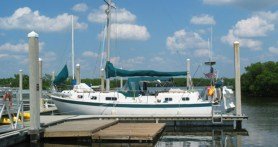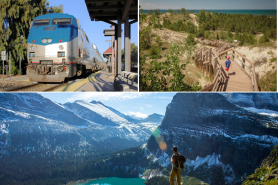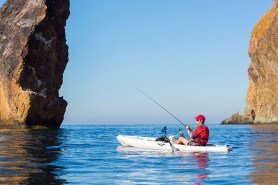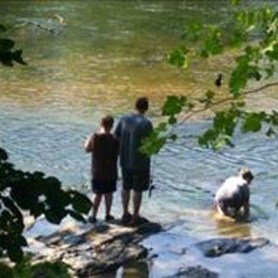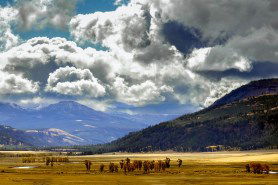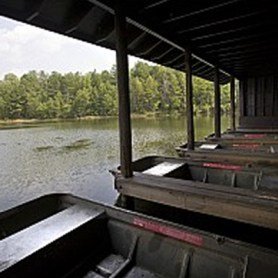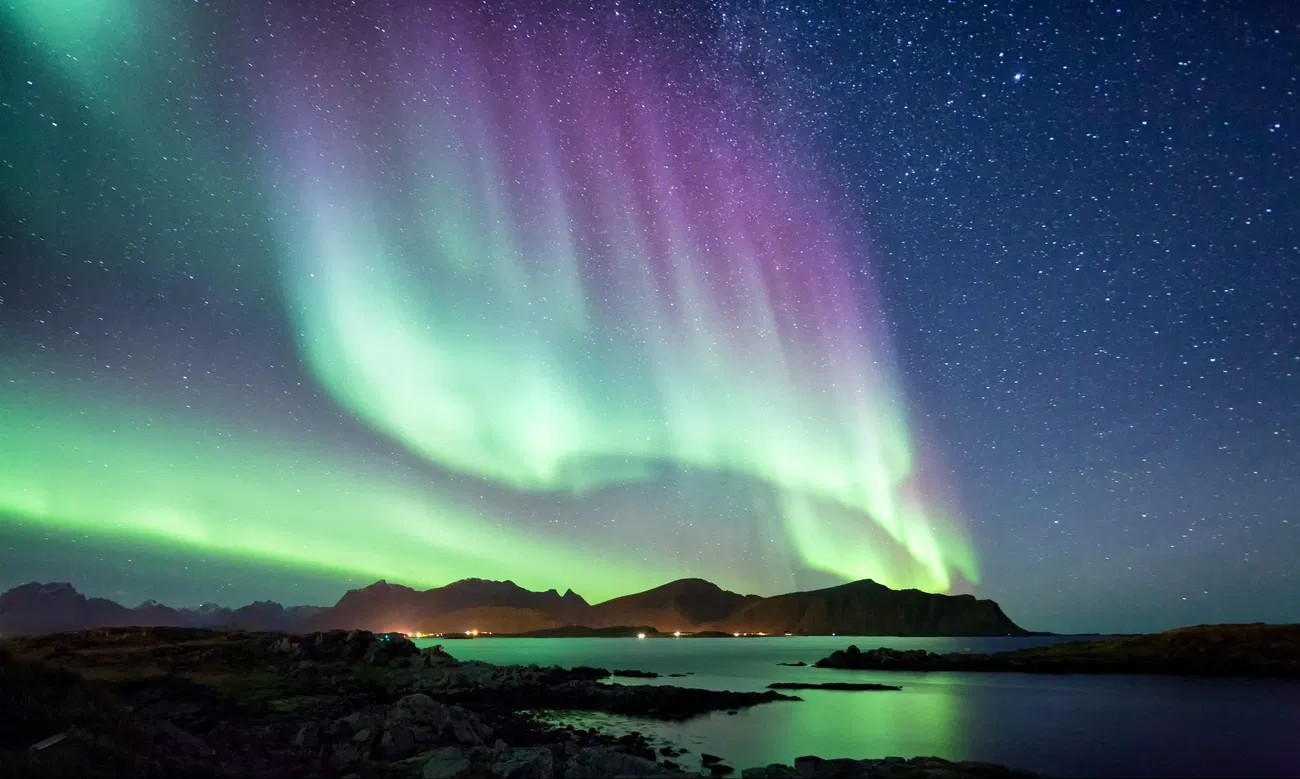

For even the most jaded adventurer, seeing the Northern Lights, also known as the Aurora Borealis, for the first time is a breathtaking experience. This celestial show results from the collision between electrically charged particles from the sun that enter the earth’s atmosphere, creating an ethereal dance of green, pink, yellow and blue lights.
While there are many places around the world where you can witness this incredible display, some destinations offer better Northern Lights experiences than others. From the snowcapped mountains of Norway to the frozen tundra of Canada, these are the best places in the world to see the Northern Lights.
1. Rovaniemi, Finland

Located within the Arctic Circle, Rovaniemi offers clear and dark skies that are ideal for observing the mesmerizing auroras. The city’s proximity to the Ounasvaara fell, known for its panoramic views, makes it a popular spot for photographers looking to capture the Northern Lights in all their glory.
When to go: In Finland, the Northern Lights are most visible from the end of August to April.
Where to stay: The stunning Apukka Resort has traditional Lappish lodging and incredible glass igloo suites with 360-degree night sky views.
How to get there: Most European airlines, like Air France and KLM, offer connections to Rovaniemi through their hubs, but outside of the European Union, Turkish Airlines offers business-class service via Istanbul.
2. Yellowknife, Canada

The Northern Lights are said to be visible nearly 240 nights per year in Yellowknife, Canada, in the country’s Northwest Territories near the Aurora Oval, a ring-shaped region around the Earth’s magnetic poles. The Aboriginal-owned Aurora Village is regarded as one of the best places in the world to view the lights, offering guests heated teepees and warmed viewing capsules specially designed for aurora observation.
When to go: Though the Northern Lights are visible in Yellowknife as early as August, December through March is usually the best time to observe them.
Where to stay: Chateau Nova is Yellowknife’s newest hotel, offering comfortable rooms and an easy walk to downtown’s many bars and restaurants. Aurora Village often offers packages for a hotel room and viewing session.
How to get there: The region’s Yellowknife Airport has daily flights from major cities in Canada, such as Edmonton and Calgary. If you’re coming from southern Canada, you can drive to Yellowknife by taking the Alaska Highway. The drive takes up to several days and can be quite scenic, but road conditions can be challenging in the winter.
3. Lofoten Islands, Norway
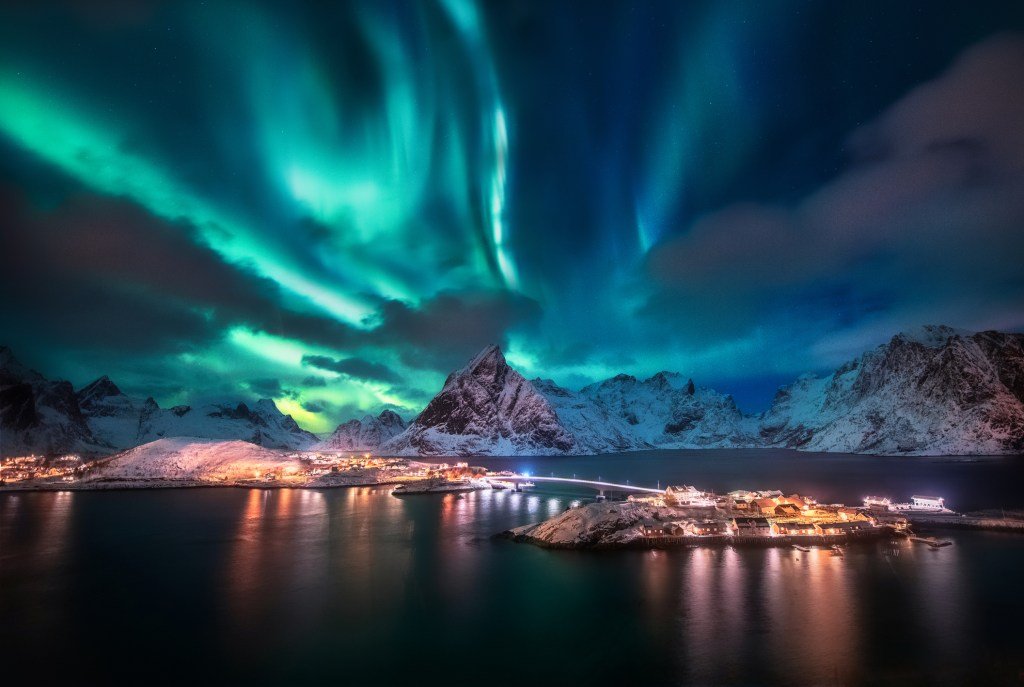
While there are never any guarantees when it comes to nature, the Lofoten Islands’ northerly location along a latitude of 68° North makes catching a glimpse of the Aurora Borealis much more likely than locations further south, even when activity levels are lower. Particularly popular with photographers, these islands offer stunning landscapes, including mountains, fjords and pristine beaches, that make for a memorable backdrop.
When to go: The best months to see the Northern Lights in the Lofoten Islands are September and October or February and March, when the nights are the longest and the skies are at their darkest.
Where to stay: Hattvika Lodge, a privately owned property in the archipelago, has partnered with local photography guides to offer private tours to guests.
How to get there: The closest airport to the Lofoten Islands is the Leknes Airport on the island of Vestvågøya. There are several daily flights from cities such as Oslo, Tromsø and Bodø to Leknes. If you’re looking for a more relaxed travel experience, you can also take a ferry from Bognes in northern Norway to Moskenes. The journey takes about three hours, but you can’t beat the scenery.
4. Fairbanks, Alaska
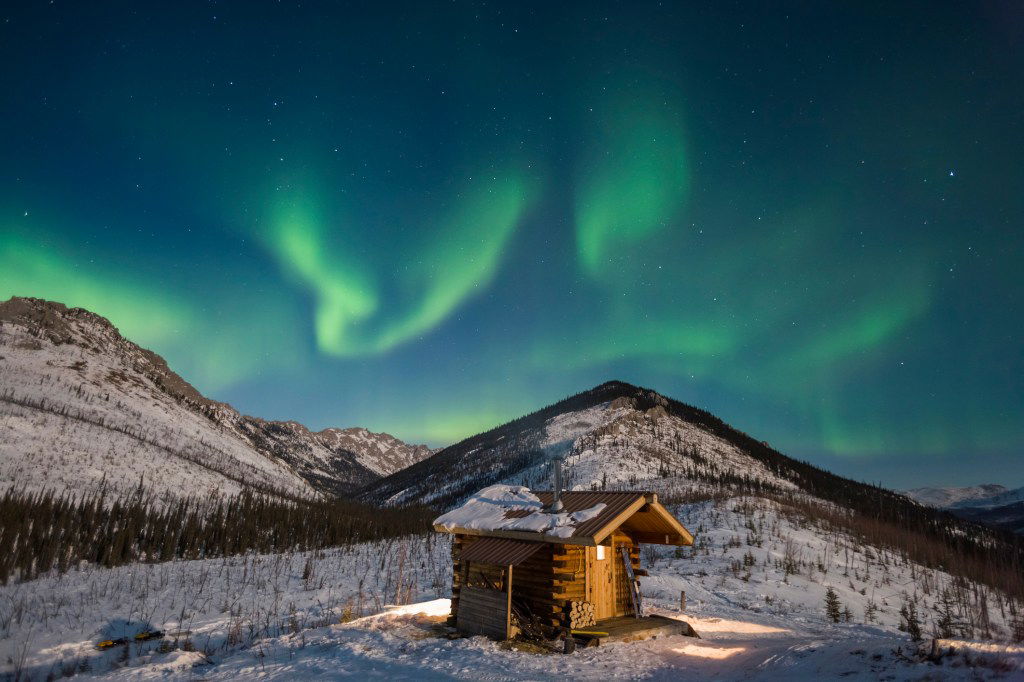
Back in the U.S., Fairbanks is one of the best places to view the Northern Lights due to its location under the Aurora Oval. Visitors to Fairbanks can take a Northern Lights husky trip with Arctic Dog Adventure Co., where an expert musher and team of Siberian Huskies lead you into the wilderness in search of colorful skies.
When to go: If you’re in Fairbanks between August 21 and April 20, you’re almost guaranteed to see the Northern Lights dance across the great Alaskan skies.
Where to stay: Fairbanks is home to the Fairbanks/Chena River KOA, the organization’s northernmost campground. It offers pull-through full-hookup sites for RVs, making it an excellent base for Alaskan exploration, and it’s just two hours from Denali National Park.
How to get there: The Fairbanks International Airport connects several major cities in Alaska and the Lower 48, including Anchorage, Seattle and Portland. If you’re up for a longer trip, the Alaska Railroad offers daily passenger service from Anchorage to Fairbanks, with stops at scenic locations and wildlife viewing opportunities. The rail journey takes about 10 hours and provides an excellent way to see the Alaskan interior.
5. Voyageurs National Park, Minnesota

Voyageurs National Park is remarkable in more ways than one—as one of the nation’s few freshwater-based parks, the park’s 218,000 acres are primarily accessible by boat. Not surprisingly, boating and fishing opportunities abound here, and visitors can rent houseboats or take guided tours. Land lovers, never fear—you can hike scenic trails to uncover hidden waterfalls and spot ancient petroglyphs. But the real reason you’re here is for the Northern Lights. As Minnesota’s first designated International Dark Sky Park and one of the best spots for Northern Lights viewing in the contiguous U.S., you’re almost guaranteed to spot them.
When to go: Late September through mid-March is the best time to spot the auroras in Voyageurs—but even if you don’t see them, you’ll be rewarded with excellent stargazing, including glimpses of the Milky Way, satellites, shooting stars and more.
Where to stay: If you’re looking for lakefront serenity, book one of the 11 cabins at the 16-acre Voyageur Park Lodge Resort. The resort has been continuously operating since 1928 and is set on Lake Kabetogama, a pristine, glacier-carved lake within the park.
How to get there: Voyageurs National Park is just outside the town of International Falls, Minnesota, which is home to Falls International Airport. While the airport is tiny, Delta Air Lines flies there from its hub in Minneapolis.
6. Abisko, Sweden

While Abisko, Sweden, is an excellent spot for Northern Lights viewing for many reasons, it has the unique advantage of being located in a valley that blocks out cloud cover and light pollution, making the stunning phenomena even more visible. For optimal viewing chances, head to the Abisko National Park’s Aurora Sky Station, where you can dine under the stars as part of the park’s Nordic-style Northern Lights dinner.
When to go: Late winter, in February or March, is the ideal time to spot the Northern Lights in Abisko. The spring equinox in mid-to-late March typically sees a boost in aurora activity.
Where to stay: The humble STF Abisko Turiststation offers various lodging options, ranging from standard hotel rooms to a classic youth hostel with bunk beds. Guests looking for more space can opt for a cabin with six beds, a living room and a full kitchen.
How to get there: You can fly to Kiruna Airport, Sweden’s northernmost airport, via Stockholm and then take a one-hour train trip to Abisko.
7. Jasper, Canada

If you can’t quite swing the trip to Yellowknife, Canada has a more southern destination that also offers prime Northern Lights viewing. Jasper, located about four hours west of Edmonton, is set in the heart of the Canadian Rockies and is home to one of the largest Dark Sky Preserves in the world.
When to go: While the Northern Lights can be seen in Jasper from late August through April, October is the ideal time to celebrate the area’s amazing night skies at the annual Jasper Dark Sky Festival, held annually.
Where to stay: If you’re looking for history and luxury, you’ll love Fairmont Jasper Park Lodge. A 700-acre mountainside resort, the lodge consists of 442 guest rooms and stunning cabins, which have cozy stone fireplaces and living rooms that put the most idyllic hunting lodge to shame.
How to get there: Jasper is four hours away from the Edmonton International Airport. Still, the best way to get to Jasper is the revered Rocky Mountaineer train, which offers scenic rail journeys from cities like Vancouver and Calgary. While this can be a long journey compared to other modes of transportation, it’s worth it for the stunning scenery and the relaxing experience.
8. Orkney, Scotland

Scotland is not typically thought of as being a prime location to see the Northern Lights, but the northern part of the country is along the same latitude as Stavanger, Norway, and Alaska’s Nunivak Island. The Northern Lights, called “mirrie dancers” among Shetland residents, are quite a popular phenomenon in the region, with an active Facebook group—Shetland Aurora Hunter—advising on sightings, weather and road conditions.
When to go: December, with its long, cold and clear winter nights, offers Orkney visitors the best chance to see the Northern Lights.
Where to stay: For a bit of history, stay at the 17th-century Graemeshall House, built by the Bishop of Orkney in 1626 as a museum. Now a guesthouse, it’s loaded with historic charm.
How to get there: Orkney’s closest airport is Kirkwall Airport, located on the Mainland, Orkney’s largest island. There are daily flights to Kirkwall from several cities in Scotland, including Edinburgh and Glasgow.
9. Reykjavik, Iceland
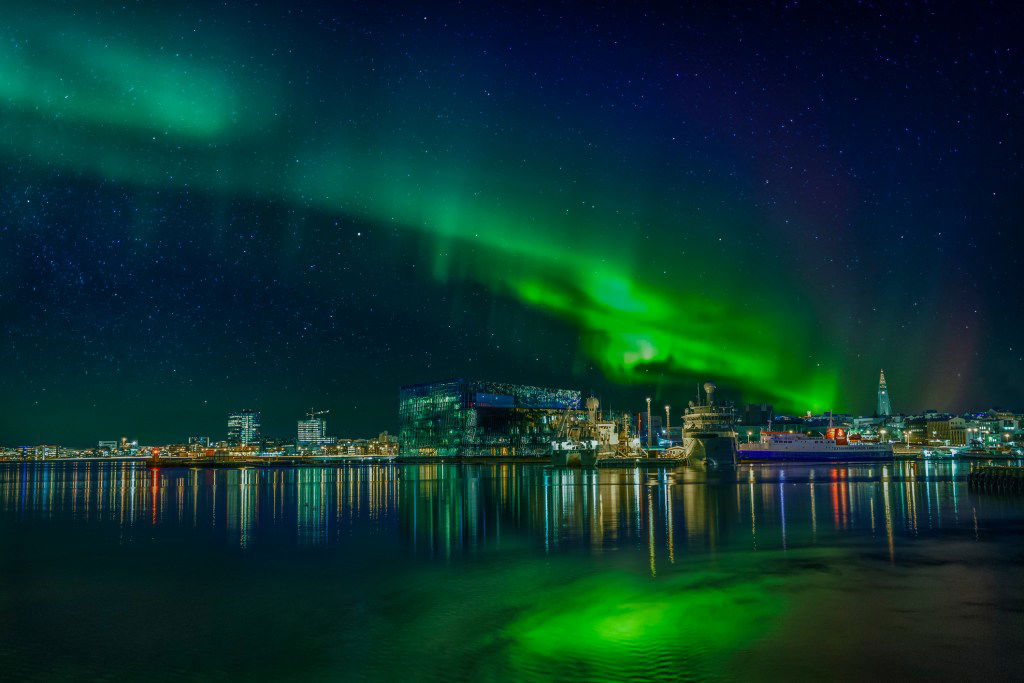
Reykjavik, Iceland’s largest city, is an excellent base for Northern Lights exploration if you’d like to be a little closer to civilization. Thingvellir National Park, Garður Lighthouse, Raufarhólshellir and Akranes Lighthouse are great spots for viewing, all within a 25- to 40-minute drive of the city, while Grótta Lighthouse is only 10 minutes from the city center.
When to go: Northern Lights season in Iceland runs from the end of August through mid-April, but solar activity in the region increases during both September and March, making those two months the most popular for aurora seekers.
Where to stay: Reykjavik has no shortage of posh lodging, ranging from hip hostels to luxe boutiques, but The Edition Hotel’s Icelandic outpost is among the city’s best. Don’t miss the immersive, three-dimensional “Northern Lights on demand” installation inside the hotel’s entrance.
How to get there: Keflavik International Airport is Reykjavik’s main airport. Many international airlines operate flights to Keflavik from major cities in Europe, North America and Asia.
10. Ilulissat, Greenland
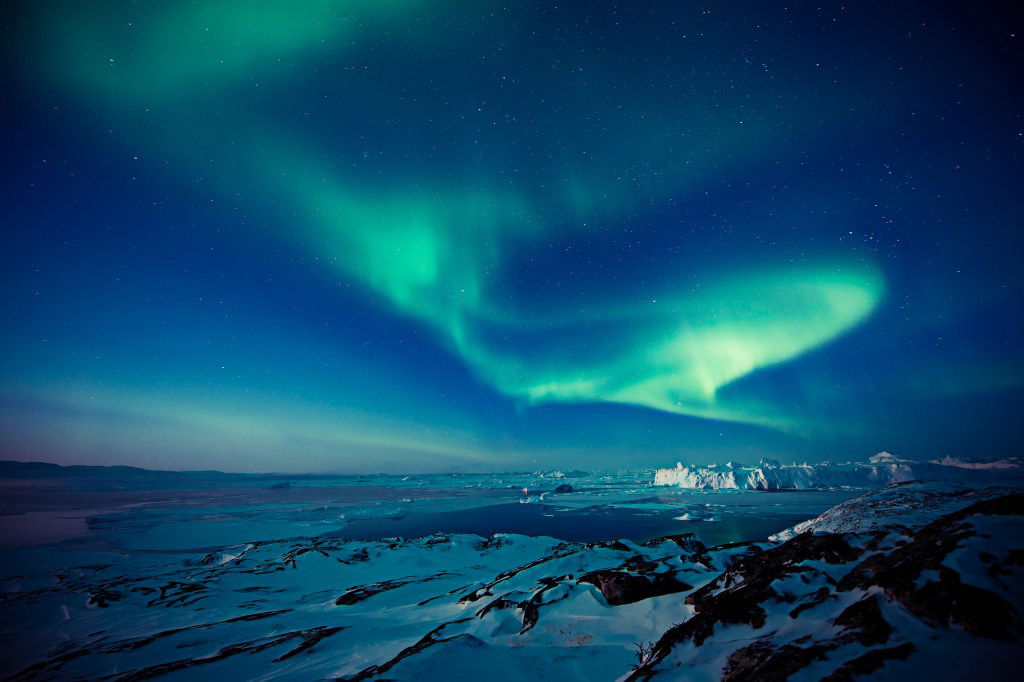
Located on Greenland’s western coast, Ilulissat offers some of the best aurora viewing opportunities in the world. One key draw is the town’s proximity to the Ilulissat Icefjord, declared a UNESCO World Heritage site in 2004. The ice fjord provides a stunning backdrop to the Northern Lights, creating an awe-inspiring and unique experience.
When to go: Ilulissat is at its best from February to late April, when daylight returns, but there’s still enough darkness to catch a glimpse of the Northern Lights.
Where to stay: The beautifully modern Hotel Icefiord is just a half-mile from Ilulissat’s town center and offers incredible views of Disko Bay—and its icebergs—from every room.
How to get there: Ilulissat’s tiny eponymous airport, just 2.5 miles from town, has daily flights from several cities in Greenland, as well as from Denmark and Iceland.



